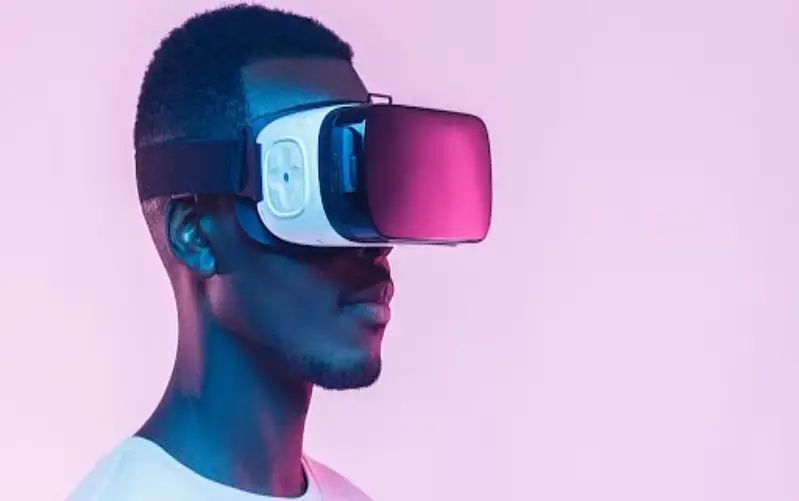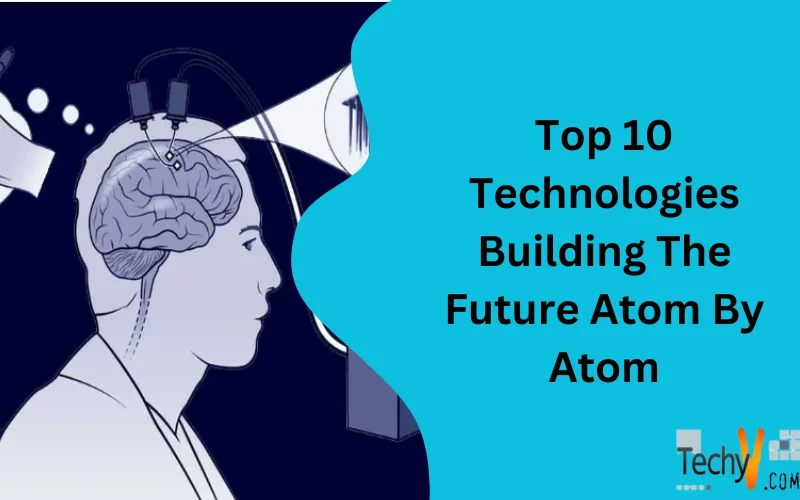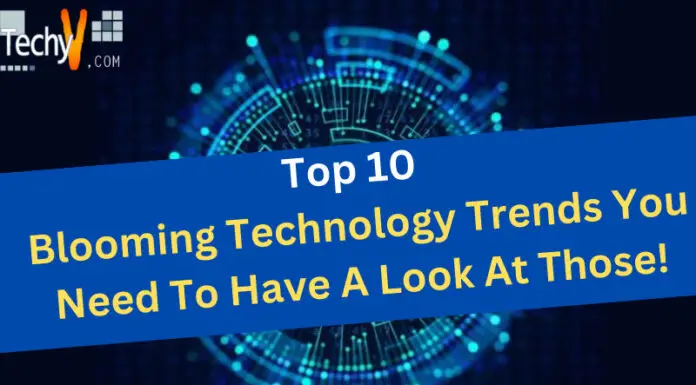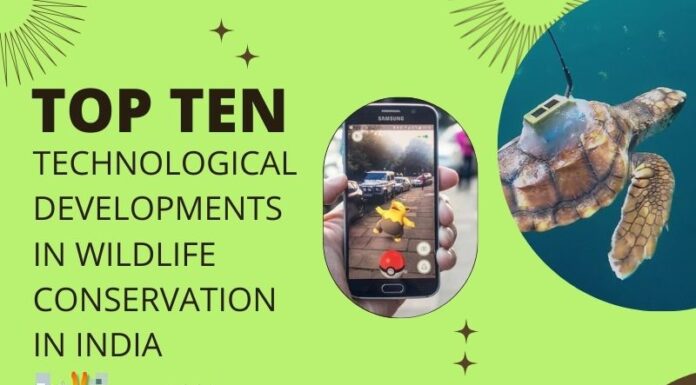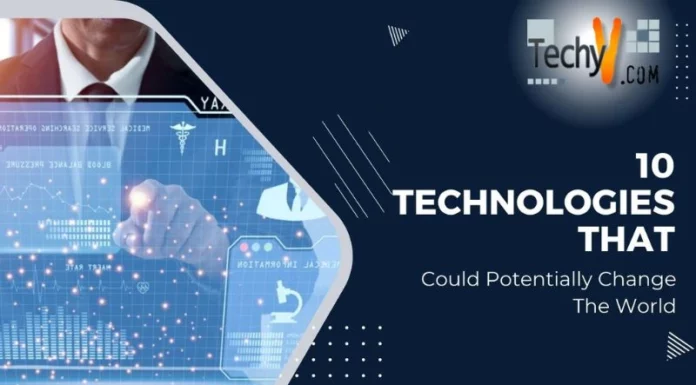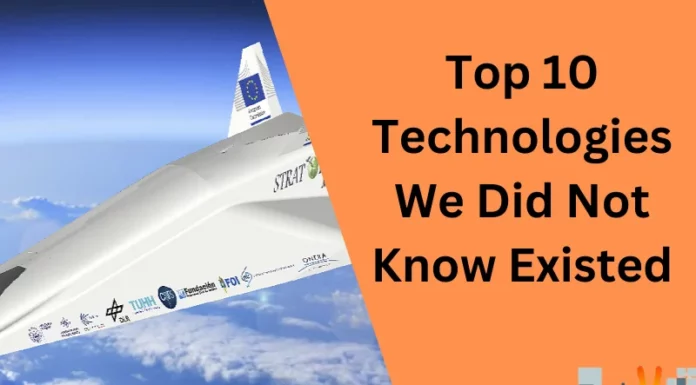In Today’s World, the importance of technology cannot be neglected. New technologies and gadgets are hitting the market every day, making us keen and impatient about what the future will hold for us. Every part of our lives is changing because of the advancement of technology. In this article, we have combined The Top 10 Technologies Building the Future Atom by Atom. These Revolutionary Technologies are set to transform how we live and how our industries work. These gadgets redefine the way we live and help us ease our life. They also build our future, and surely, we will see a lot of them shortly.
1. Brain-Computer Link
A brain-computer interface (BCI), also known as a brain-machine interface (BMI), or smart brain, enables direct communication between an external device, most often a computer or robotic limb, and the electrical activity of the brain. BCIs are often used to study, map, support, improve, or restore human cognitive or sensory-motor processes. Although they also present the prospect of erasing the discreteness of the brain and machine, they are frequently conceptualized as a human-machine interface that bypasses the intermediary component of the actual movement of bodily parts. Based on how near electrodes are placed to brain tissue, BCI implementations range from non-invasive (EEG, MEG, EOG, MRI) to partially invasive (ECoG and endovascular) to invasive (microelectrode array).
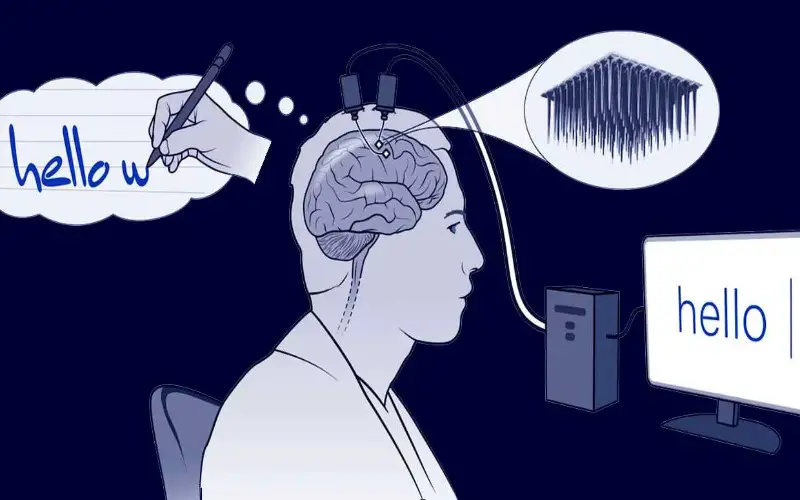
2. Artificial Intelligence
Artificial intelligence or AI technology by which machines think and work like humans. Artificial intelligence has been used in various aspects of life, such as health, education, and whatnot. Artificial intelligence is surely the future of technology. It is used to make smart machines that learn from their environment and make decisions solely.
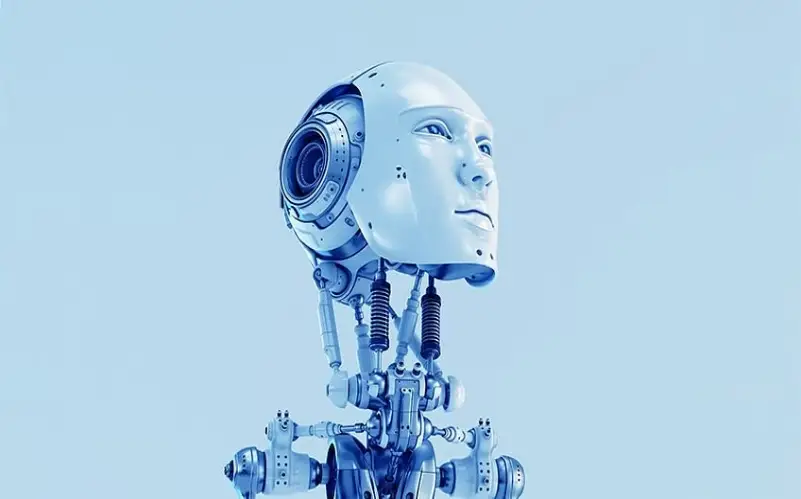
3. Machine Learning
Machine learning is a technology that lets machines learn Data to improve performance and work on a set of tasks. It acquires data from a previous subset and uses it to predict the outcomes. It’s a way by which machines can think like humans. Machine Learning uses models such as regression that help it build its infrastructure. It learns from old data and predicts what the next output will be.
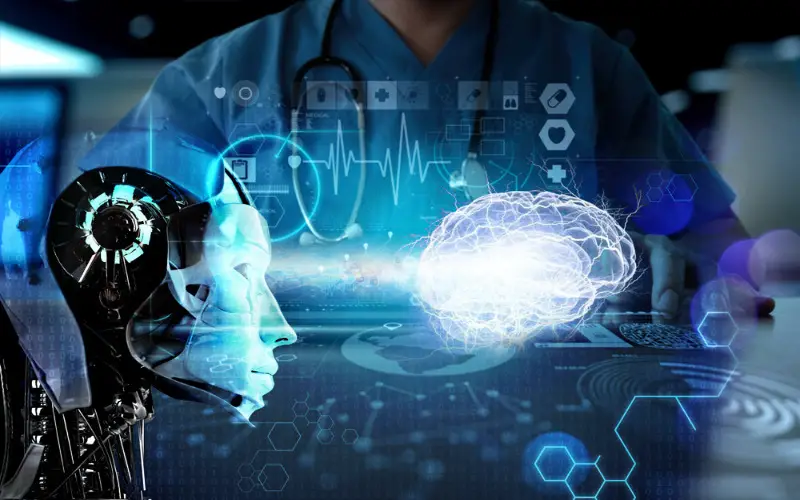
4. Quantum Computers
A computer that makes use of quantum mechanical principles is known as a quantum computer. Physical matter demonstrates characteristics of both particles and waves at microscopic scales, and quantum computing makes use of this behavior using specialized hardware.
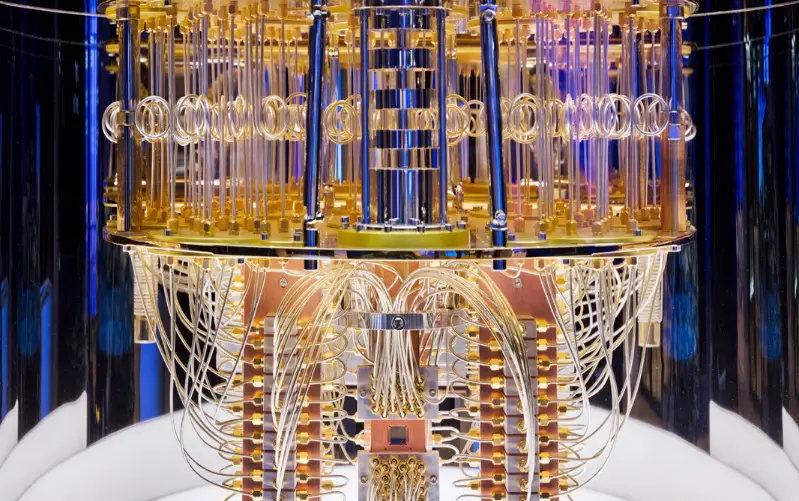
5. Smart Cities
Smart city technology is yet in its early stage, but it has the potential to completely change the way we live in. Smart cities will be more sustainable and based on clean sources of energy. Smart traffic lights, connected transportation, and other revolutionary changes can be brought to our surroundings. The city can be controlled by one main control unit and can look over every component of the city.

6. Augmented Reality
Augmented reality or AR is a way that connects the real world with the computer-generated World. It connects how we see the World differently using gadgets. The content consists of visual, haptic, auditory, and different sensors that help us to experience them. AR headsets and AR apps can be used to experience it. These gadgets surely have a great future and will make us experience digital reality.

7. Internet Of Things
The term “Internet of Things,” or “IoT,” refers to the whole network of interconnected devices as well as the technology that makes it possible for such devices to communicate both with one another and with the cloud. These gadgets converse with one another and act by the information they exchange.
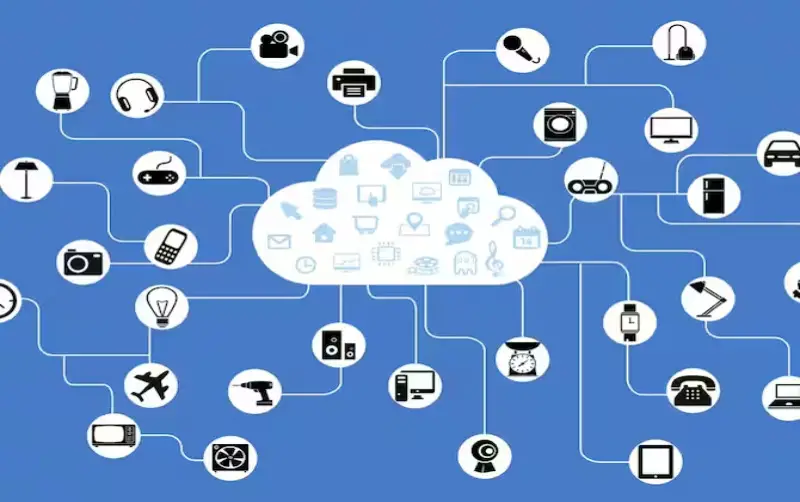
8. Genomics
Genomic biology is the area of biology that focuses on genomes. The goal of the multidisciplinary field of biology known as genomics is to research the structure, function, evolution, mapping, and editing of genomes. The whole DNA of an organism, including all of its genes and the three-dimensional, hierarchical structural arrangement they are organized into, is known as the genome.

9. Robotics
A subfield of computer science called robotics deals with creating, maintaining, and using robots. Robotics’ primary objective is to build machines or robots that can function independently as well as with people. Robots can also complete tasks that humans have never been able to complete. Robotics is used in various places and mostly in industries where certain tasks cannot be performed by humans.

10. Virtual Reality
Pose tracking and 3D near-eye displays are used in virtual reality (VR) to provide users with an immersive sense of a virtual environment. Entertainment (especially video games), education (such as medical or military training), and business (such as virtual meetings) are just a few examples of applications for virtual reality. Other types of technology outside virtual reality include augmented reality and mixed reality, sometimes referred to as extended reality or XR. However, definitions are continuously changing as the area matures.
